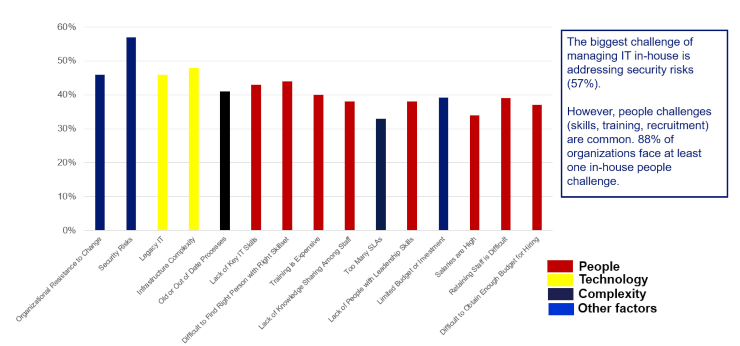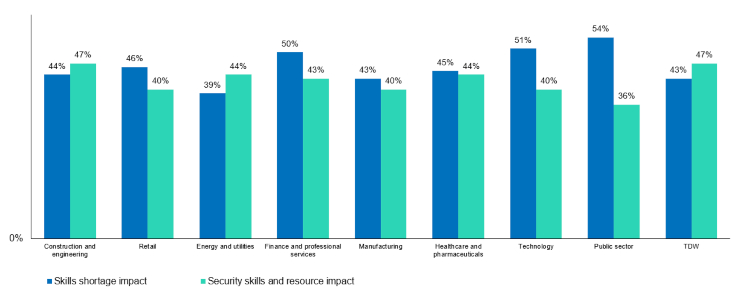-
Featured services
2026 Global AI Report: A Playbook for AI Leaders
Why AI strategy is your business strategy: The acceleration toward an AI-native state. Explore executive insights from AI leaders.
Access the playbook -
Services
View all services and productsLeverage our capabilities to accelerate your business transformation.
-
Services
Network Services
-
Services
Cloud
-
Services
Consulting
-
-
Services
Data and Artificial Intelligence
- AI and Intelligent Solutions
- Data/AI Strategy and Program
- Data Engineering and Platforms
- Data Governance and Management
- Data Visualization and Business Decision
- GenAI Consulting
- GenAI Platforms
- GenAI Industry Services
- GenAI Infrastructure Services
- GenAI Value Transformation
- View Data and Artificial Intelligence
-
Services
Infrastructure Solutions
-
Services
Global Data Centers
-
Services
CX and Digital Products
-
Services
Application Services
-
Services
Sustainability Services
-
Services
Digital Workplace
-
Services
Business Process Services
-
Services
Generative AI
-
Services
Cybersecurity
-
Services
Enterprise Application Platforms
![]()
Accelerate outcomes with agentic AI
Optimize workflows and get results with NTT DATA's Smart AI AgentTM Ecosystem
Create your roadmap -
-
-
Insights
Recent Insights
-
The Future of Networking in 2025 and Beyond
-
Using the cloud to cut costs needs the right approach
When organizations focus on transformation, a move to the cloud can deliver cost savings – but they often need expert advice to help them along their journey
-
Make zero trust security work for your organization
Make zero trust security work for your organization across hybrid work environments.
-
-
![]()
2026 Global AI Report: A Playbook for AI Leaders
Why AI strategy is your business strategy: The acceleration toward an AI-native state. Explore executive insights from AI leaders.
Access the playbook -
-
2026 Global AI Report: A Playbook for AI Leaders
Why AI strategy is your business strategy: The acceleration toward an AI-native state. Explore executive insights from AI leaders.
Access the playbook -
Discover how we accelerate your business transformation
-
About us
CLIENT STORIES
-
Liantis
Over time, Liantis – an established HR company in Belgium – had built up data islands and isolated solutions as part of their legacy system.
-
Randstad
We ensured that Randstad’s migration to Genesys Cloud CX had no impact on availability, ensuring an exceptional user experience for clients and talent.
-
-
CLIENT STORIES
-
Liantis
Over time, Liantis – an established HR company in Belgium – had built up data islands and isolated solutions as part of their legacy system.
-
Randstad
We ensured that Randstad’s migration to Genesys Cloud CX had no impact on availability, ensuring an exceptional user experience for clients and talent.
-
![]()
2026 Global AI Report: A Playbook for AI Leaders
Why AI strategy is your business strategy: The acceleration toward an AI-native state. Explore executive insights from AI leaders.
Access the playbook -
- Careers
Rescue. Recover. Redevelop.
07 May 2020

Topics in this article
Security challenges in the remote working world
NTT Ltd.’s 2020 Global Managed Services Report, conducted by IDG Research , covers the challenges and opportunities felt by business and IT leaders. Covering three core themes including end user transformation, expertise and service provision, and security – which this blog focuses on.
Security is a global necessity, pervasive throughout every aspect of an organization and escalates with technological advances. Even since the outbreak of COVID-19 there has been no let-up. We’ve seen a rise in the use of malware across major countries around the world.
Our study looked at the security challenges impacting organizations. In short, business and IT leaders are most concerned about reducing their security risks. Specifically, 57% cited it as the most common challenge they face. And as such, they either currently use, or are considering using, a service provider to help with that.
In-house IT management challenges
Fig. Please select what you consider to be the key challenges of managing IT in-house? (multicode)
Rescue > Into the wild
COVID-19 has resulted in millions of workers heading off into unfamiliar territory. While organizations are equipped to deal with a number of profiles working remotely, deploying an entire working population into the wild at the drop of a hat creates all manner of headaches; particularly where security is concerned.
If there are insufficient corporate devices for everyone, bring your own device (BYOD) becomes a stark reality. While practically, BYOD is a great solution in terms of enabling a workforce at speed, and minimizing CAPEX, however hidden costs arise from making sure corporate networks and assets are accessed securely.
Leaning on an experienced service provider will provide all manner of benefits – not to mention speed of delivery. They’ve spent years preparing for and building business continuity plans for exactly these types of scenarios.
Recover > Consider what resources you need
While no-one knows what the future holds exactly in a post-COVID-19 world, understanding what you’re likely to need over the next 12-24 months will help your recovery considerably.
Perhaps the not so good news many organizations can relate to is the severe lack of security resources and skills available. 44% of respondents to our study agreed they did not have adequate resources or skills in-house to cope with the number of security threats they face. And the future looks set to be ever more challenging, with increased needs for cybersecurity support predicted over the coming years.
The impact of skills and security skills shortages
An average of 42% of organizations do not have adequate resources/skills in-house to cope with the number of security threats; average of 46% indicate a more general IT skills shortage.
Fig. What are the changes you envisage impacting your IT decision making in the next 18 months? Answers provided for “Skills shortages”
Source: 2019 Risk:Value Report, NTT Ltd
Which begs the question. To what extent will organizations use service providers to help plug the gap? A broad range of capabilities across people, process and technology, from a service provider with platform-delivered services allows organizations to collect and analyse data based on the new behaviours of end users. This will assist with making better decision-making for future endeavours. They also offer much needed support in the form of highly trained technical security experts, often based at security operation centers (SOC).
Redevelop > Looking ahead
As economies around the world resurface over the coming months, keeping one eye on the future in difficult times can be crucial to how your organization is positioned. The ability to restore systems and environments, albeit in a very different state, is priority. For example, as part of gaining greater agility and flexibility in their security posture, many organizations may now consider a fully-fledged managed security service provider (MSSP) to handle their security requirements. As opposed to an on-premise or Software-as-a-Service (SaaS) solution.
Our notions of what transformation looks like, are being questioned. Another of our blogs covers exactly that; transformation reimagined. And what implications that has for the client / service provider relationship. As the focus turns towards end user transformation, how do we keep people productive in a remote environment, but as important, highly secure?
Be sure to register for our webinar as we discuss further insights from our 2020 Global Managed Services research.





